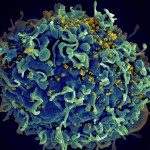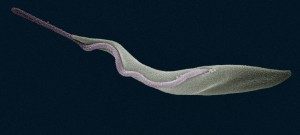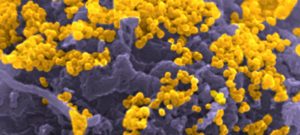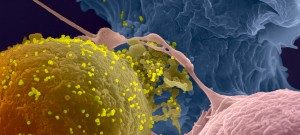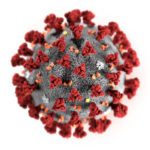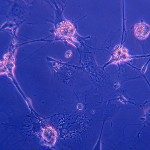Rabies is an acute, progressive and incurable viral encephalitis, although some preventive measures were described by Louis Pasteur almost 130 years ago. This anthropozoonosis affects many different animal species and has an epidemiology that changes with time. The global incidence is estimated to be 50-60,000 cases in humans annually, and approximately 30 million people per year receive post-exposure prophylaxis (PEP) after a potentially infective bite. Most deaths from rabies occur in countries with inadequate public health resources, limited access to PEP, weak rabies surveillance and lack of One Health approach to control rabies in animals and consequently in humans. The resulting lack of robust data prevents the application of guided interventions that benefit populations, a strategy known as precision public health.
The overall strategy of the Unit is to address innovative and pertinent scientific questions related to rabies and other related infectious diseases that target the central nervous system. In response to the complexity of the mechanisms involved and of the questions addressed, this is achieved through the integration of many different approaches and competences present in the laboratory and developed through collaborations with relevant partners in other research laboratories located in France and abroad especially with the Institut Pasteur International Network.
More specifically, our aims are:
- to generate a paradigm shift in the way rabies is monitored, studied and controlled, moving it into the era of One Health and Precision Public Health. (Understanding the natural evolution and epidemiological drivers of maintenance and persistance of rabies virus in natural host animal populations), (BlockRabies).
- to take profit of the neurotropism of lyssavirus and of the knowledge that we have contributed to generate on the modulation of the innate immune response following rabies virus infection, to study the process of neuropathogenesis and the interplay between the different cell types present in the central nervous system. (Understanding the natural evolution and epidemiological drivers of maintenance and persistance of rabies virus in natural host animal populations), (Host cell-lyssavirus interplay and virulence).
- to develop new approaches for antiviral strategies and rabies post-exposure prophylaxis in humans, through a strong collaboration between the academic and the private sector. (Precision Public Health and One health).
Our research program is intimately connected with public health problems of interest for the National Reference Centre for Rabies (NCR-Rabies) and for the World Health Organization Collaborative Center for Research and Reference for Rabies (WHOCC-Rabies), both housed in the unit.
Our unit is also deeply involved in training and teaching activities with the International Workshop on rabies control and elimination and the course on Biobanking.
We are also partner of the EVA-GLOBAL project in which our objective is to contribute to generate the largest accessible collection of human and animal viruses . EVA-GLOBAL constitutes a unique opportunity for Institut Pasteur to set up an International Biological Resource Centre, PIBNET. Focusing on virus strains in collaboration with the Institut Pasteur International Network. The aim of this centre will be to preserve collections of virus strains and the information linked to them in collaboration with the present biological resource centre of Institut Pasteur (CRBIP).


